Location: Queensferry, South Queensferry, West Lothian, Lowlands of Scotland
kind of castle: country house; stately mansion
today: partially private, partially open to the public, available for events such as weddings
public transport: bus to Queensferry, couple of kilometre walk from the bus stop to Hopetoun House
scheduled monument: yes
managed by: Hopetoun House Preservation Trust
entrance fee (subject to change): £ 13.50
opening times (subject to changes depending on year visiting, check website for up to date dates and closures): Thursday to Monday 11:00 to 17:00 (April to September)
directions: Hopetoun House – Google Maps

Hopetoun House might be one of the most impressive mansions close to Edinburgh that you can find, in my eyes it is more impressive than Holyrood House Palace for sure. The long approach towards the House makes you think more of approaching a big palace, worthy of a king and comparable to places like Versailles than a house built for an Earl who may have had a close relationship to the Crown but isn’t a King.
Throughout the more modern days, Hopetoun House has seen a lot of action due to its role in famous TV series and movies. Outlander being one of those which makes the House and the Grounds a must see for many a fan who will leave this place astonished by the amount of tranquillity and magnificence presented to them, there is absolutely no wonder that there are many people who want to use the stunning location to get married.
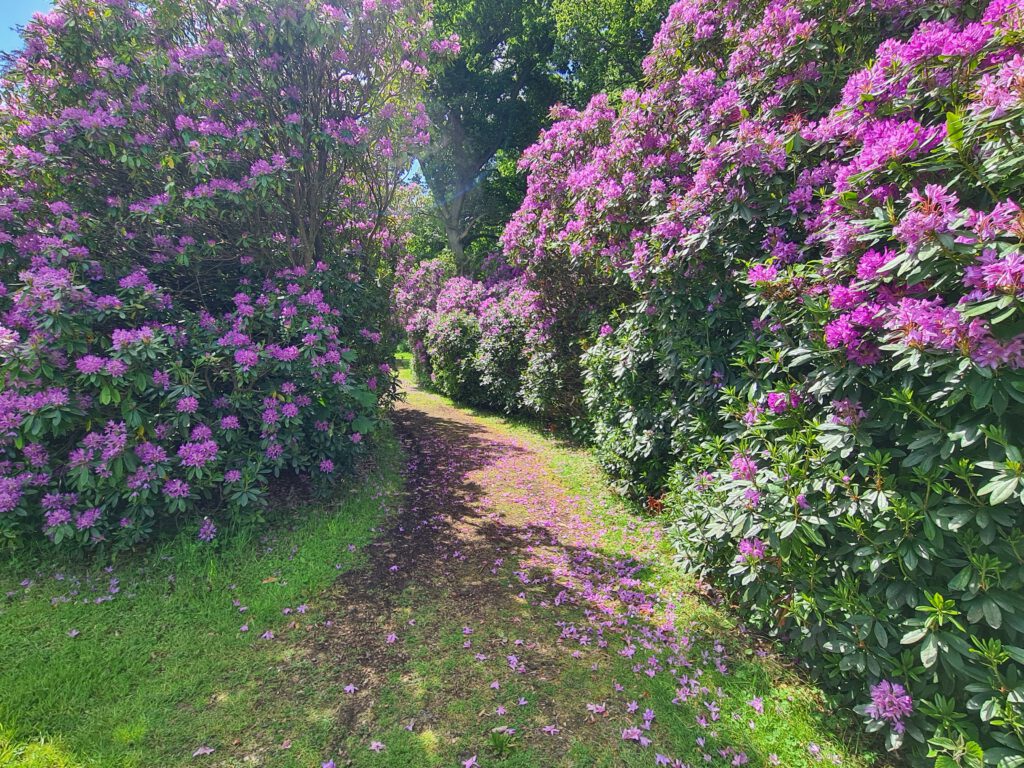
More of that later, Hopetoun House hasn’t seen much in its past with having been the ancestral home of the Hope family and only being built during the late 17th century there was not much war between kings to be witnessed. Never to mention that the powerful Hope family definitely managed to stay on the right sight of history throughout the years. And so, Hopetoun House shows no signs of war damage from its very young history of only about 300 years.
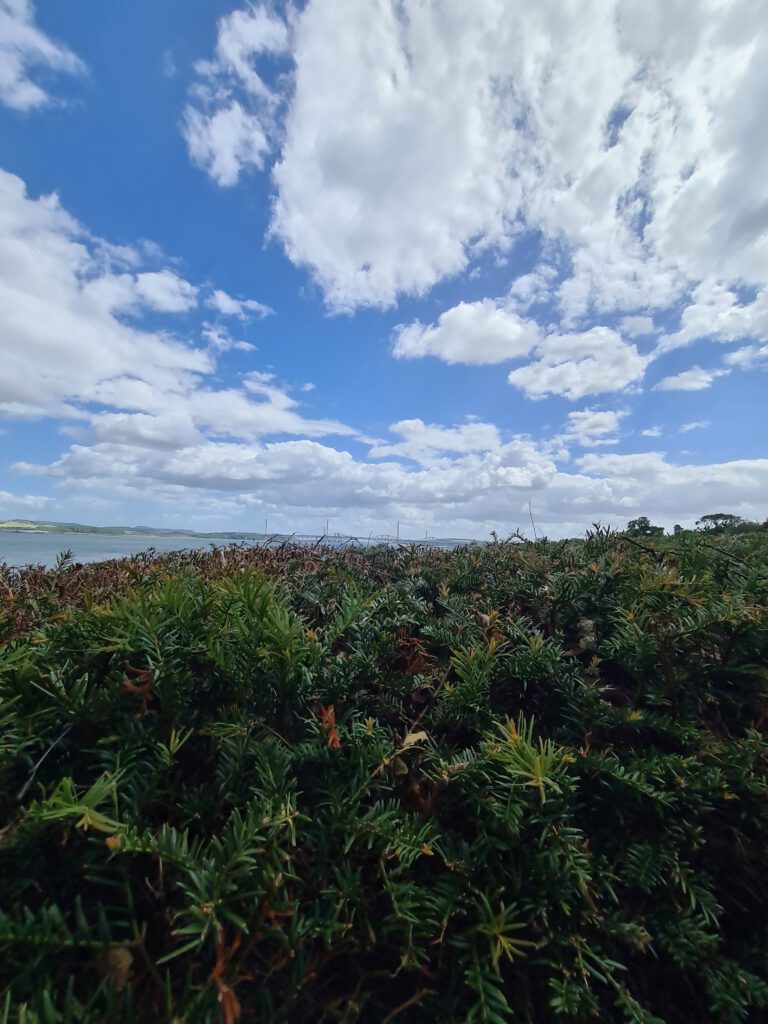
On this point I will cut out the roots of the Hope Family History since depending on what part of it you follow this is a long history of its own. We are starting off here today with the building of Hopetoun House, which originally was commissioned by Lady Margaret Hamilton, after her husband’s death. It was originally her husband’s plan to build a mansion in the position of Hopetoun House, but he never got to do so since he unfortunately drowned on the “Gloucester” and so in 1699 Margaret was the one who initiated everything.
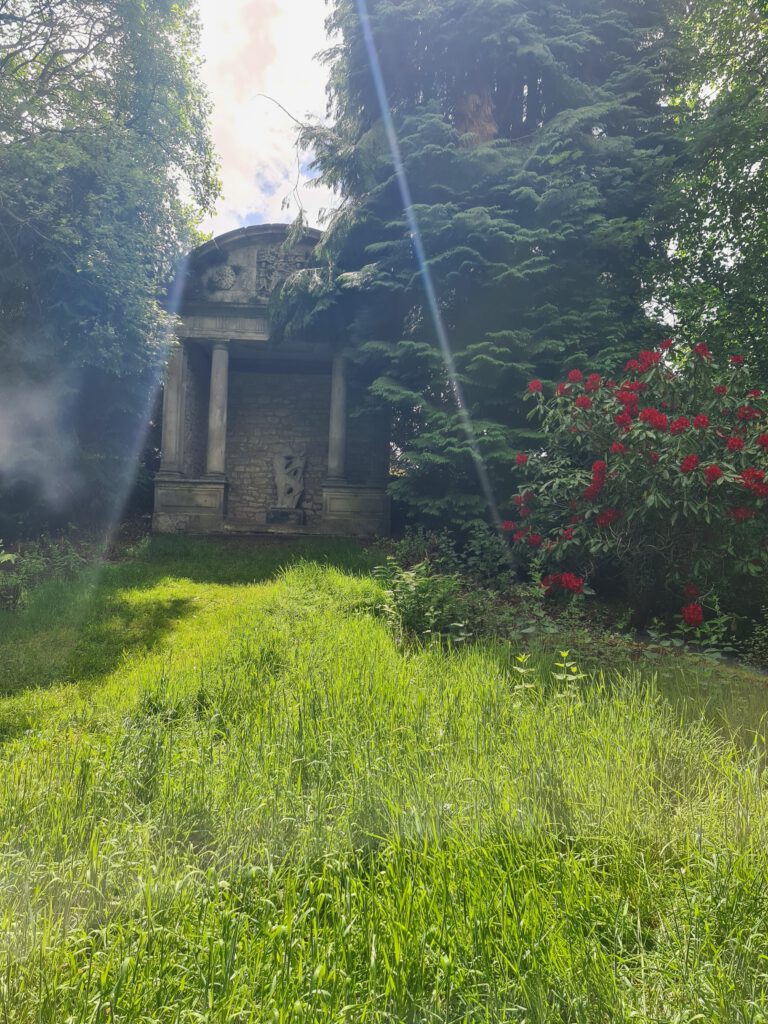
Margaret didn’t do so for herself of course but for her young son Charles Hope as sort of a wedding gift to him and his wife the sister of the Marquess of Annandale, it was this connection that later brought a lot of art into the house with the Marquess collection of arts being bequeathed to Hopetoun after his death.
It was Charles Hope who became the first Earl of Hopetoun in 1703, before the works on Hopetoun House were even finished. And still in 1707 Hopetoun House was nothing of what we can see there today and yet it was an amazing work with some of the finest examples of carving, ceiling painting and wainscoting. The house was like a portrait to what the fashion and the tastes of nobility were like at that time, a true masterpiece by Sir William Bruce.

But soon the times changed, and the fashion of the times changed and so the second phase of building the Hopetoun House as we can see it today began, fourteen years after the first part was finished. The whole process took the architect William Adams from 1721 to 1767 with the results only visible after his and the 1st Earls death. These massive alterations and additions included but weren’t limited to magnificent colonnades being added at the façade, the addition of the two pavilions, one to the north one to the south and of course the grand State Apartments.
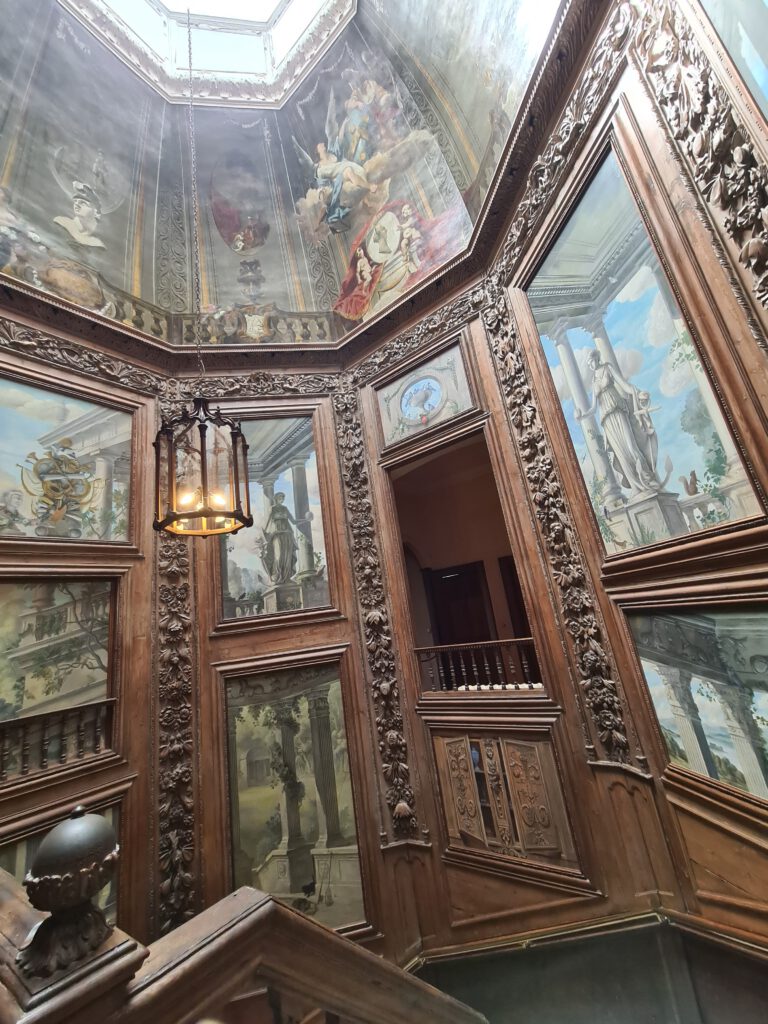
Times had changed and society had changed so the Hopes needed something more than they had in the old part of the House, like many rich families they went with the fashion of the time. And so, while the wealth of the Hopes grew, they made alterations to suite their standing in society. The 2nd Earl for example was one of the first Governors of The Edinburgh Infirmary and he purchased the Ormiston Estates in East Lothian while his wealth grew and grew. So, over time the style of a comfortable country house had new parts with the style of grand European palaces to keep the sophisticated image of the family.
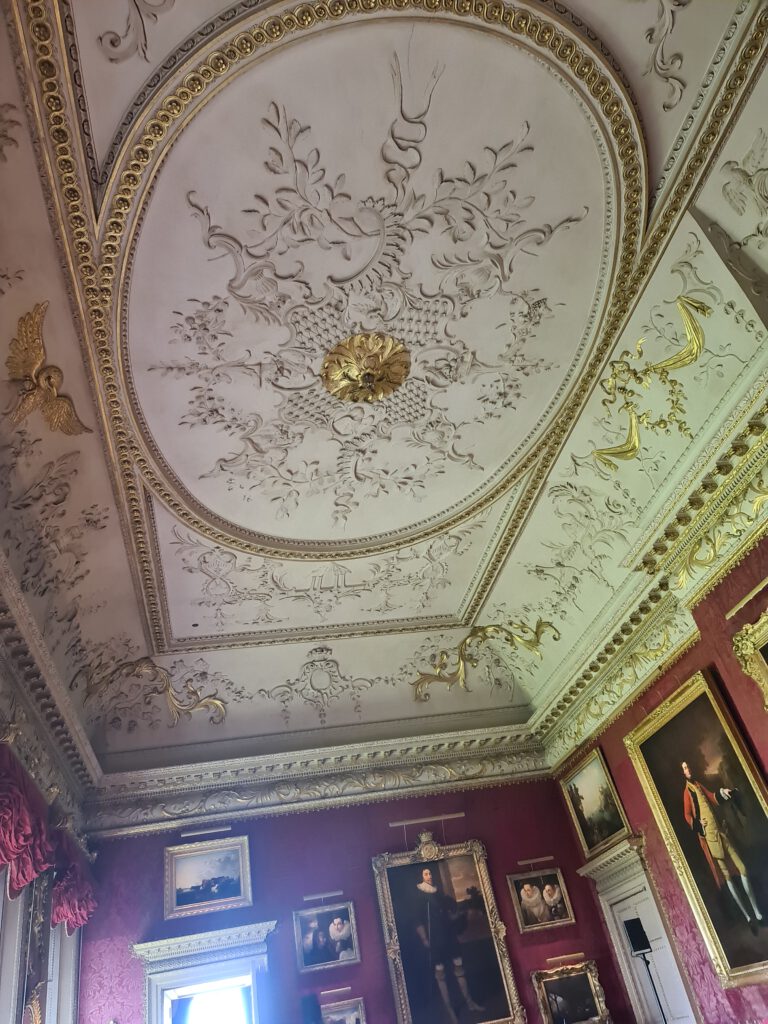
But the alterations didn’t stop with the 2nd Earl, the 4th Earl, who in fact wasn’t a descendant of the 3rd Earl but his half-brother General Sir John Hope, altered some of the interiors to better fit the modern age, this included the creation of the large and small libraries and some decoration of the State Dining Room.
During the time of the 3rd Earl, James, the lands of the Hope family had grown significantly and spanned over big parts of East and West Lothian as well as Fife and Lanarkshire. Following his half-brother, General Sir John Hope, was more of a military man then an Earl to be honest, he had a more than just distinguished military career which led to many honours received for his outstanding services and bravery. Statues in Fife and East Lothian and most famously in the courtyard of Dundas House in Edinburgh were erected to commemorate him and his achievements.
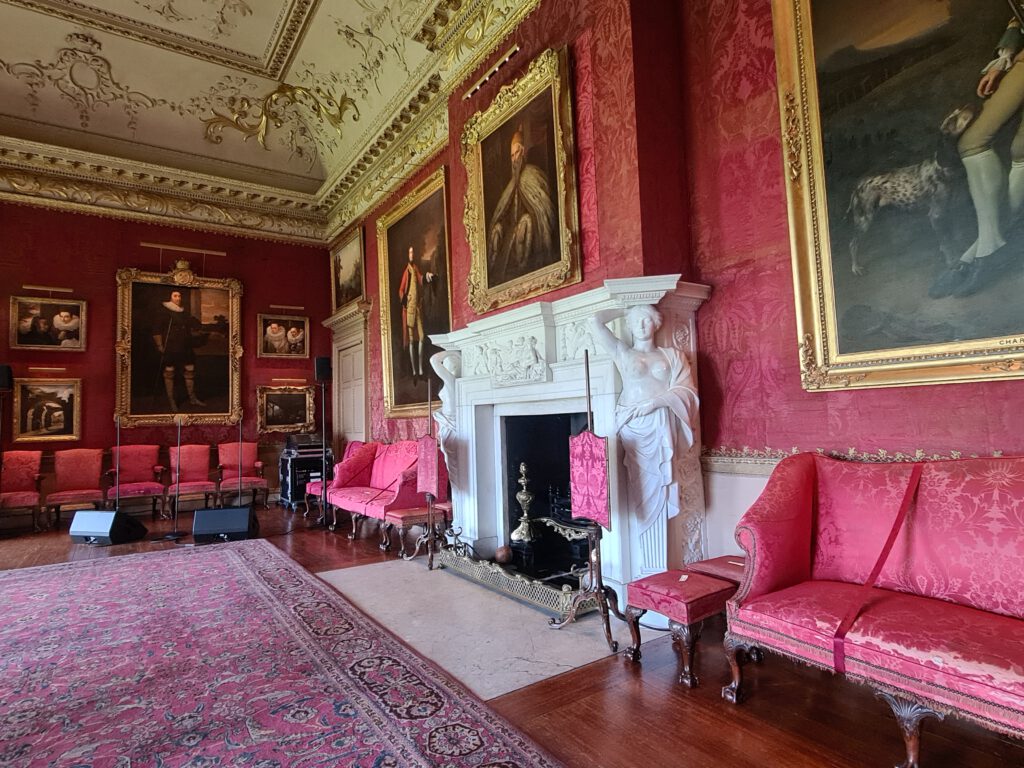
Like many families in Scotland, the Hopes knew what a great honour it is to receive a Royal in their halls and so it’s left to imagination as of how excited they were when George IV visited their humble home on his state visit to Scotland in 1822, but that wasn’t the end of it, King George didn’t just visit the house he also knighted Sir Henry Raeburn and Captain Adam Ferguson with Lord Hopetoun’s sword in the Yellow Drawing Room of the mansion before heading off to the waiting Royal Yacht.

During the years of the 5th Earl there were further improvements made on the grounds of the estate, not so under the 6th Earl who died early of typhoid. The 7th Earl however was more prominent again and it was said John 7th Earl of Hopetoun who created the 1st Marquess of Linlithgow in addition to the Earldom of Hopetoun. The new Marquess previously had been governor in Australia before becoming the first Governor General. Achievements only his son would make look like nothing.
8th Earl of Hopetoun and 2nd Marquess of Linlithgow, Victor Hope was civil Lord of the Admiralty, chairman of the Royal Commission of Agriculture in India, Knight of the Order of the Thistle, and Knight of the Order of the Garter (something only a handful of non-royals ever were erected to). Victor had many more achievements throughout his career and managed to put his fathers’ achievements far into the shadow of his own glory.
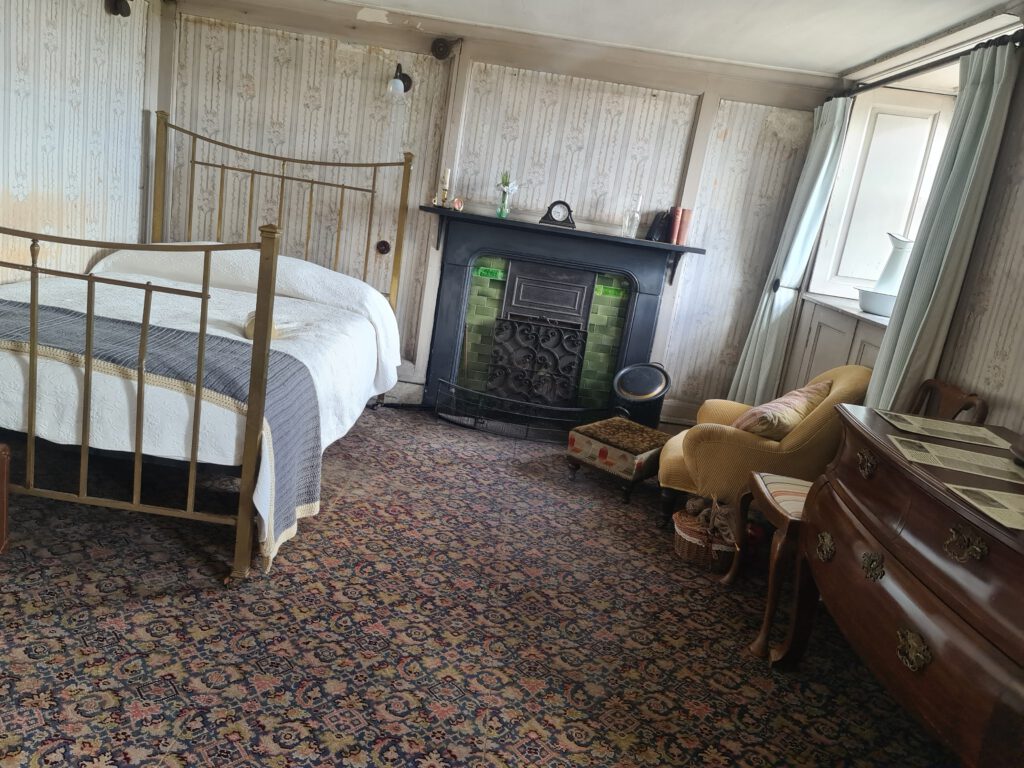
Victor was succeeded by his son Charles, the 9th Earl of Hopetoun and 3rd Marquess of Linlithgow who on his part served in the Second World War in the 51st (Highland) Division winning him a Military Cross after being taken a prisoner of war.
It is safe to say that the Hope Family made it somewhat of a tradition to serve their country and the crown, showing honourable records of serving the law or in the military. It was this loyalty that made them get very powerful and capable of buying more and more land, creating big estates and stately homes such as Hopetoun House, which is strongly connected to the family’s history. To this day the family lives in the house or on the estate. The present Earl for example lives in Hopetoun House itself while Adrian Hope, the 4th Marquess of Linlithgow and the Earls father, still lives on the estate.

Filled with remarkable collections and surrounded by majestic grounds which include an ancient castle (Abercorn Castle, about which a Blogpost will follow the next couple of months), scenic walks, nature trails, a walled garden, and a panoramic view of the main façade upon approach. While walking one of the nature trails what you will find is great views over towards Blackness Castle, the Forth Bridges and the Kingdom of Fife.
Given the stunning and wide reaching estate on which another Outlander filming location is situated – Midhope Castle, it is no wonder that the house is listed in the Inventory of Gardens and Designed Landscapes in Scotland and often referred to as Scotland’s Finest Stately Home, to this day decorated with the best of the original furniture, paintings, tapestries and clocks. The house contains many important historical manuscripts and articles which give it even more importance on a historical foundation.
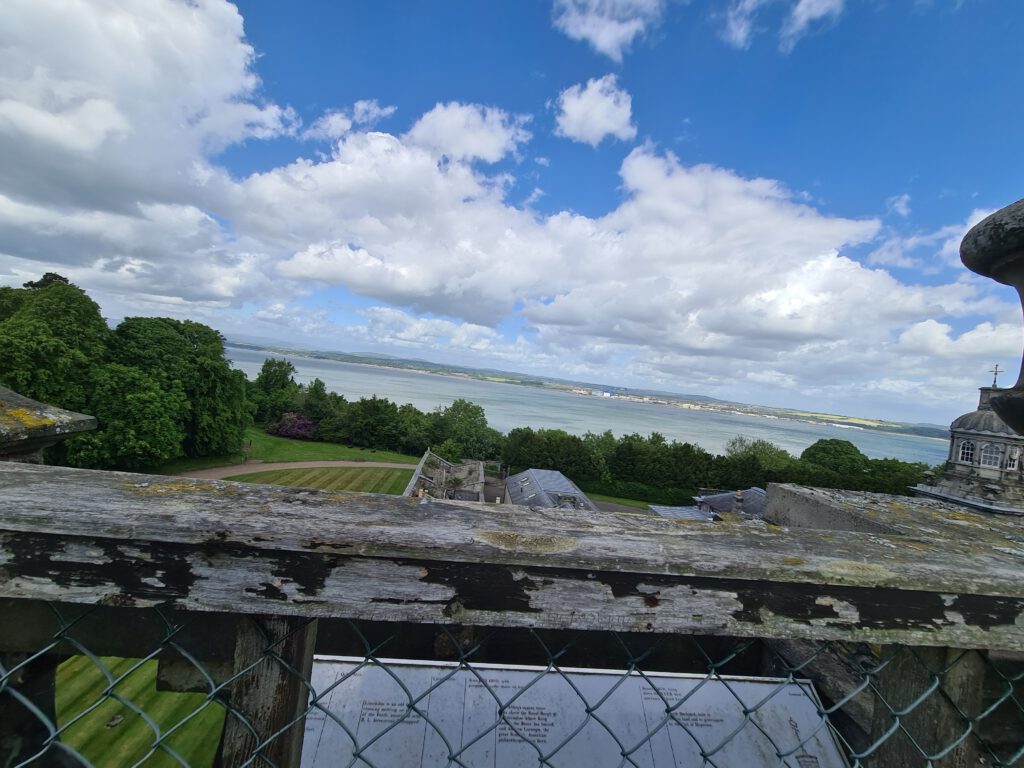
In the younger history of the house there are only small events that have taken place such as the excavation of before mentioned Abercorn Castle which is said to have been the earlier manor house, dating back as far as the 15th century, which was excavated in 1963. In 1974 the Hopetoun House Preservation Trust was founded by Charles William Frederick Hope, 3rd Marquess of Linlithgow, to preserve the house and grounds.

When visiting the area you should definitely pay Hopetoun House a visit, inviting you to a break after exploring the house and the extensive gardens, the house offers The Stables kitchen with freshly baked cakes, light lunches and afternoon teas, a rooftop viewing platform during the visit of the house, activity trails for the young ones and many more opportunities for a day with the whole family or as a solo adventure.
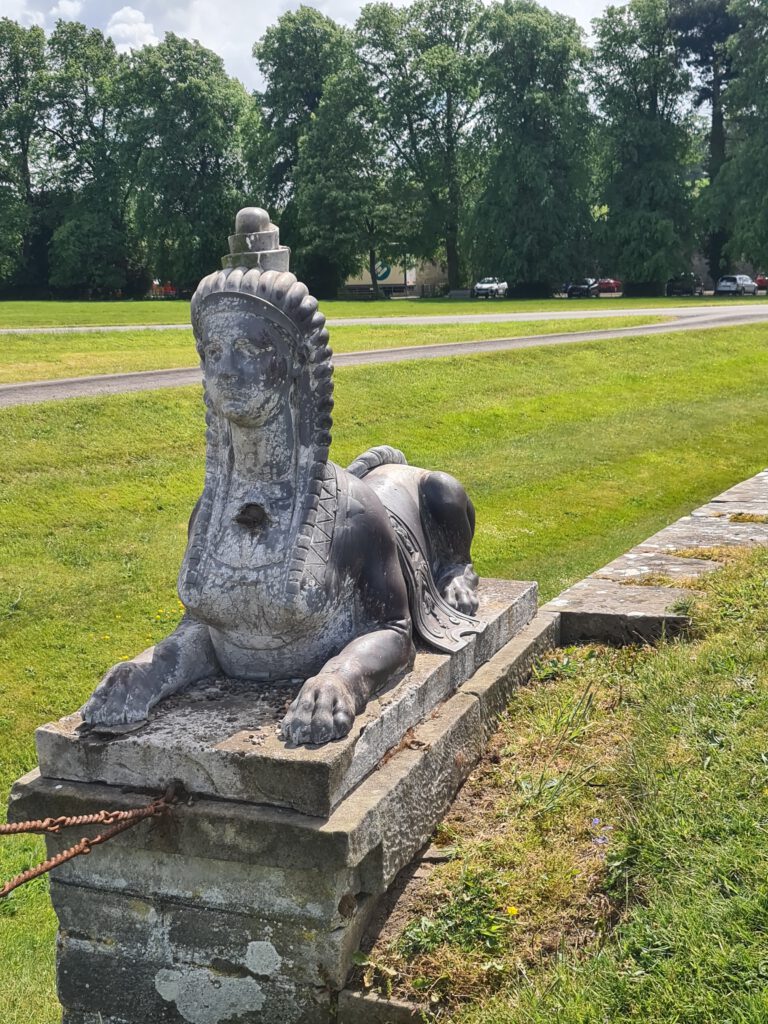
Exploring around here is definitely worth it, with many more historical castles nearby and the Estate of Hopetoun being an area of high or even outstanding historical, horticultural, architectural, archaeological, scenic and nature conservation interest. Take your time and enjoy every bit of the lovely lands and amazing views, best to be enjoyed on a sunny day of course although a play of clouds can make for some lovely pictures.
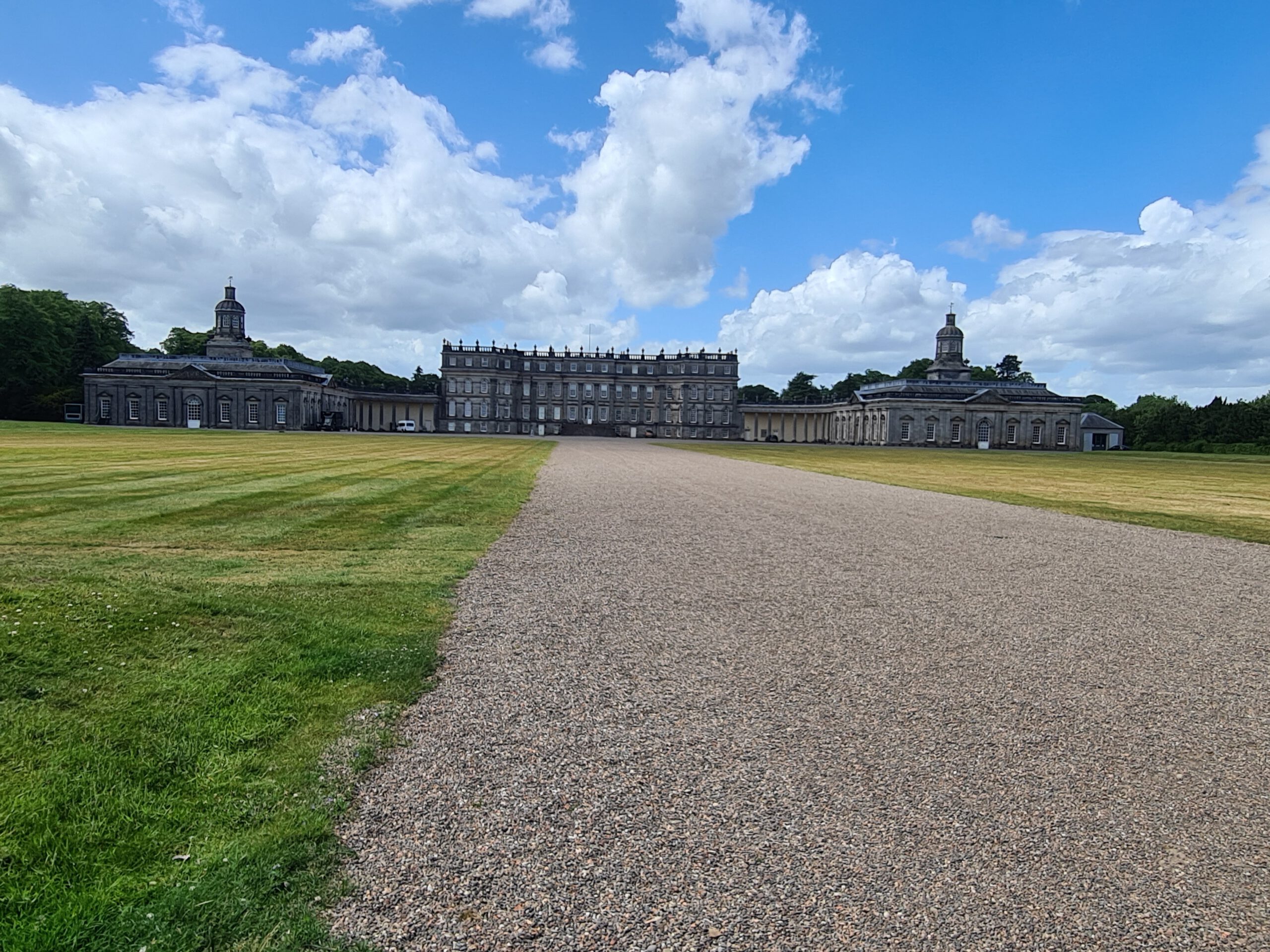

Pingback: Abercorn Castle – A scottish World